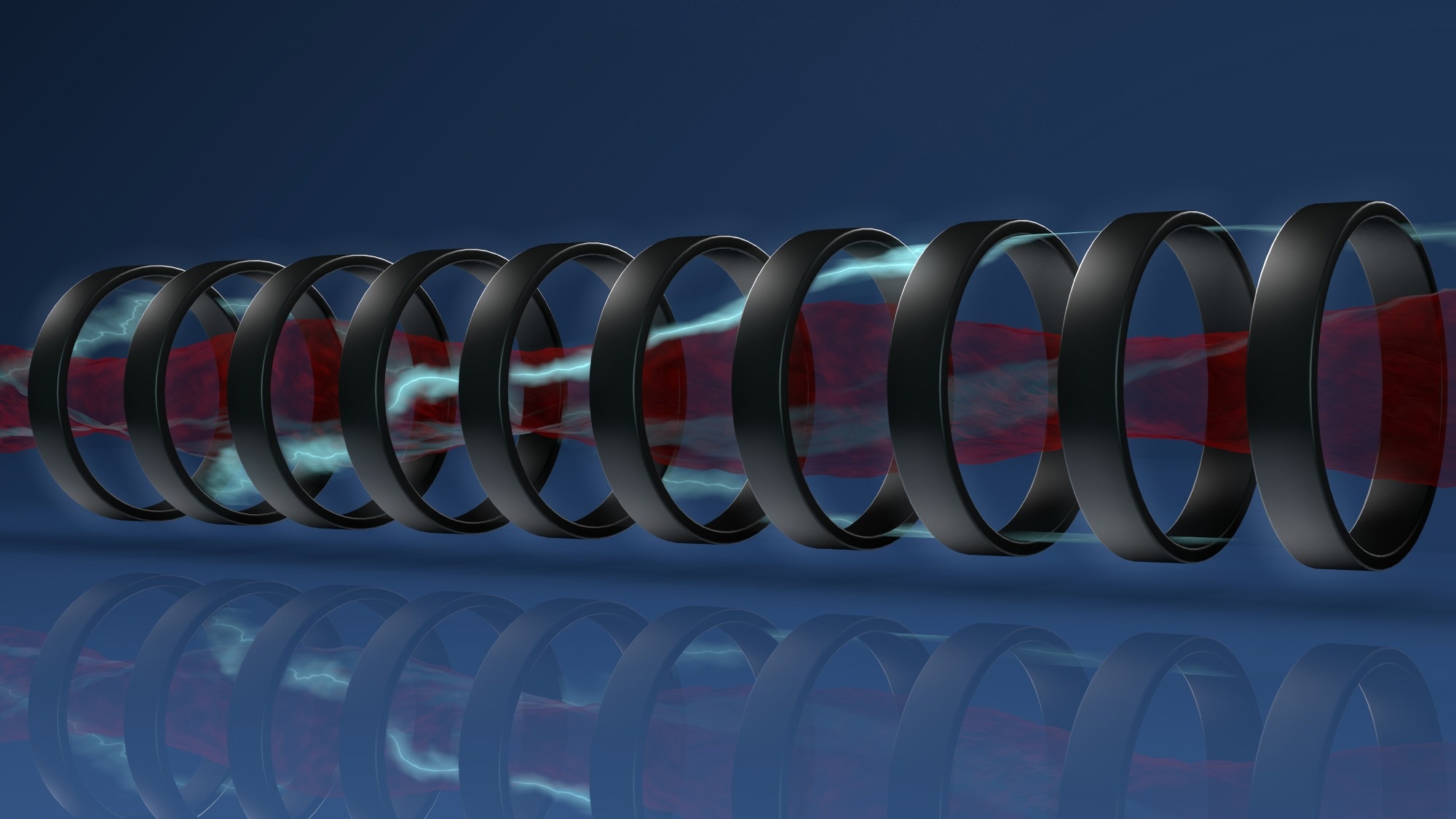The growing strength, use, and complexity of superconducting magnets are leading to an increased need to characterize the fields they produce.

Image credit: Shutterstock/3DStach
This is a challenging prospect, made complicated by numerous factors. There are several options when it comes to taking measurements in this situation, but it is challenging for scientists to be sure that their readings are in line with what is expected.
Hall-based sensor technology, in combination with a teslameter or gaussmeter, is a popular method for making field measurements in general, but it can also be applied at cryogenic temperatures.
This highly flexible measurement combination has a vast range of measurable field strengths and is relatively inexpensive compared to other solutions. It simply requires some consideration regarding the impact of a cryogenic environment on measurement performance.
This article highlights some of the challenges and errors that frequently arise in cryogenic environments and suggests ways to mitigate their impact. Lake Shore Cryotronics F71 and F41 teslameters include many features that can make this easier or even do it automatically.
It is not always feasible to solve every issue associated with cryogenic field measurement. However, awareness of such limitations is key to understanding what measurement is taking place.
Acknowledgments
Produced from materials originally authored by Ryan Oliver, Lake Shore Cryotronics.

This information has been sourced, reviewed and adapted from materials provided by Lake Shore Cryotronics Inc.
For more information on this source, please visit Lake Shore Cryotronics Inc.